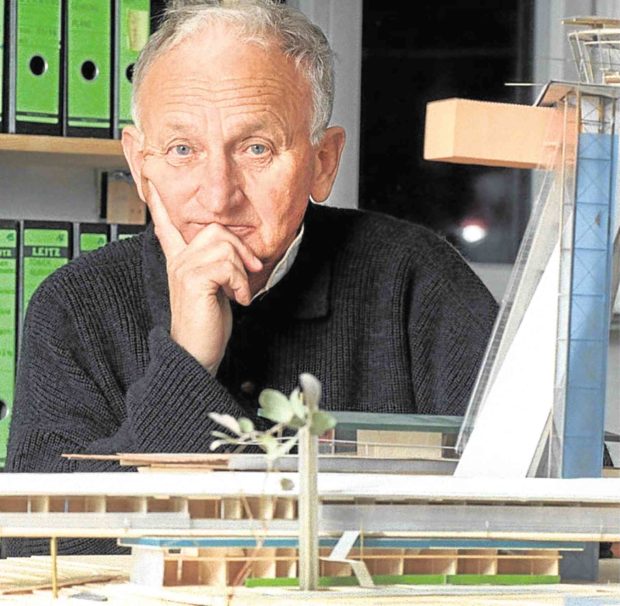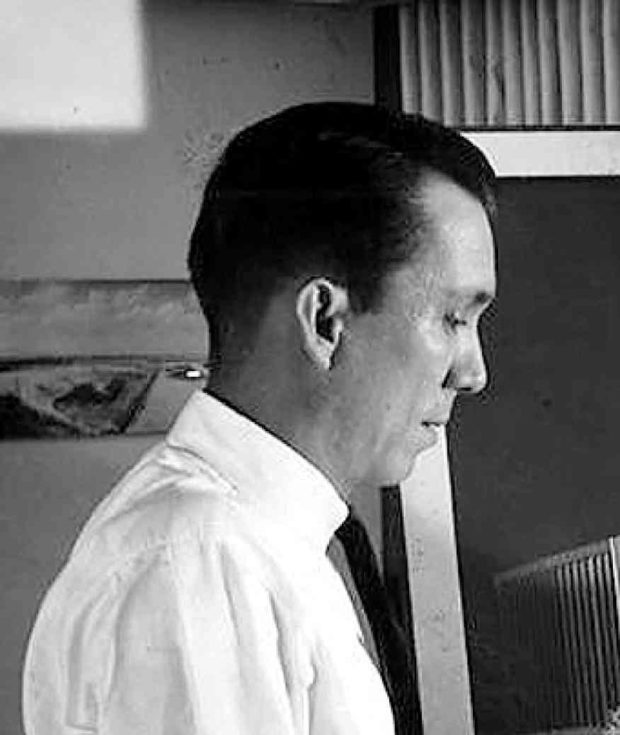Dynasties of Design
Some people are born to be designers. Others grow into it, through hard work and perseverance. There is a special group of people, however, who inherit it through their bloodline.
Throughout history, there have been many men who have exhibited talent and skill in the art of architecture. While their work remains their own style, it is fascinating how some of them have managed to pass on their abilities to their children.
More interesting though is how these children were able to move away from their parents’ shadow to become recognized experts in their own right.
As we celebrate Father’s Day this weekend, let us look at the fathers and children who have made the world their canvas and nurtured their familial bonds in the process. Beyond architecture, let us appreciate the dynamics of family and teamwork and how these churned out some of the best man-made structures today.
Eliel and Eero Saarinen
On Sept. 27, 1947, the five finalists of the Design Competition for the Missouri Gateway Arch were announced to media. Among those to receive the telegram of congratulations was Eliel Saarinen, a Finnish immigrant who was awaiting the news in his office.
After receiving the good news, the Saarinen family celebrated with a bottle of champagne. Their revelry, however, was disrupted by a startling message from the competition organizers: the win wasn’t for Eliel, but for his son, Eero.
The young Eero actually submitted his own creation to the prestigious competition and beat his father’s group in the semi-finals. Despite the news of defeat, the elderly Saarinen chuckled at the mistake and opened another champagne to celebrate again. This time around, it was in honor of his son. Such was the mantra of the talented Saarinen family: the win of one was the win of all.
Eliel Saarinen, known for his art nouveau creations, was a designer who first found fame in Europe. His design style became known as the Finnish National Romanticism. He was part of the group that created the Finnish Pavilion in Paris in 1900. He also created the National Museum of Finland in 1904.
Eventually, he found his way to the United States and designed several buildings, one of which belonged to the Cranbrook Educational Community.
His son Eero followed his dad’s footsteps and became an architect. Eero had some recognizable works under his own belt, the most famous one perhaps is the TWA Flight Center. Beyond architecture, Eero became renowned in the field of furniture design. His creations include the Tulip Chair and the Womb Chair.
Together, the father and son team designed the Keinhans Music Hall in Buffalo, New York. They also included Eliel’s wife and Eero’s sister in the design of the Cranbrook campus in Michigan. The whole campus testified to a family’s unity in design and coordination.
Their story is an example of a creative bond between a father and his children that has been translated into built form for the years to come.
Günter and Stefan Behnisch
In Germany, another father-and-son team showed the world how design can run in the genes.
Günter Behnisch, a former submarine commander and bricklayer, became one of the country’s leading masters of deconstructivism. He was the architect behind the new West German parliament in Bonn and the Academy of Arts Building in Central Berlin. His masterpiece, however, would be the Olympic Park for 1972 games in Munich.
In the post World War II years, he sought to represent the progress of new Federal Republic of Germany without any of the pomp of Nazi culture. He was among the first to use tensile canopies of acrylic glass in a grand scale to represent Germany in a new light—a democratic and optimistic nation.
His son, Stefan, who had been working alongside his father by the ’80s, founded a branch of Günter’s firm in 1989. Initially called the Stadtbüro, this branch eventually developed into its own image, breaking apart from the parent group by 1991.
The father remained a frequent consultant and collaborator of the firm, yet the son was able to steer the new firm into its own triumphs. Under Stefan’s leadership, the Stadtbüro eventually became Behnisch Architekten, a firm that continues to thrive in the German architectural community.
Stefan counted numerous award-winning structures under his belt, including the Karl Miller Center of Portland State University and the John and Frances Angelos Law Center of the University of Baltimore. He has made a name in sustainable design, but his creations reflect a hint of the deconstructive style that made his father famous.
Francisco Mañosa and children
In the Philippine setting, numerous architect-fathers have trained their children to follow in their footsteps. Perhaps, the most famous one would be Francisco “Bobby” Mañosa, promoter of Philippine neovernacular architecture and 2018 National Artist for Architecture.
Renowned for designing only with Filipino concepts in mind, Bobby Mañosa uplifted Philippine design at a time when our country was searching desperately for an identity. Some of his most notable works are the Coconut Palace, Edsa Shrine, Davao Pearl Farm and the Amanpulo Resorts.
Through his work, his principles shone. His children eventually followed in his footsteps and continued to develop his legacy in today’s market.
Isabel, the eldest, is an interior designer and head of the Tukod Foundation, a group spearheaded by the Mañosa companies advocating Philippine design and art. Angelo, the CEO of Mañosa and Co., is an architect who incorporates sustainability with Filipino concepts as a way of pushing the firm forward. Francisco Jr., also known as Dino, became the family’s businessman, serving as CEO of Mañosa properties, the real estate arm of his father’s company.
Francisco Mañosa passed away early this year, but he had already passed on the torch to his children, who now have it on their shoulders to ensure their father’s legacy. So far, they have proven successful in keeping their father’s name alive in Philippine architecture today.
Sources: Martinmanosa via Wikimedia Commons; Bernd Weissbrod via www.welt.de; www.independent.co.uk; www.architecturaldigest.com; https://behnisch.com; https://lifestyle.inquirer.net; Cranbrook Archives and ADFF via archinect.com


























